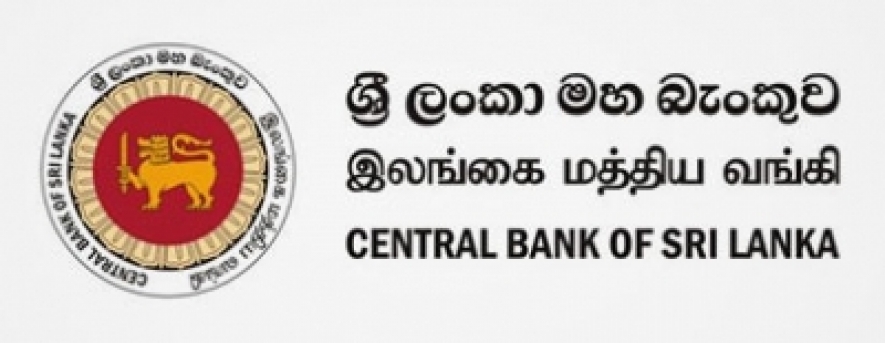The HIES - 2016 of the Department of Census and Statistics reveals that poverty levels of the country as reflected by the Poverty Headcount Ratio (PHCR) has declined from 6.7 percent to 4.1 percent. The decline in PHCR was seen in the urban, rural and estate sectors.
However, it also states that disparities at provincial and district levels continue to remain posing challenges to equitable income growth in the country. At district level the Kilinochchi district recorded the highest PHCR of 18.2 percent while the lowest PHCR was recorded in the Colombo district of 0.9 percent. The number of persons below the official poverty line stood at 843,913 and at district level the highest number of poor persons was reported in the Kandy district while the lowest was in the Mannar district.
However, what is alarming according to the Central Bank is that the poorest 20 percent account for only 4.8 percent of the total income earned in the country while the richest 20 percent have earned 50.8 percent, indicating the level of income disparity despite the rising income levels as reflected in the per capita GDP estimates. The income inequality according to the regulator could be improved by revisiting the income redistributive policies of the country and improving economic opportunities for the poor households.
Ensuring better education opportunities for the current labour force and future entrants, incentivizing higher labour force participation particularly among the female population are some of the strategies proposed by the bank to further bring down the poverty levels in the country.
The government aims to create one million jobs by 2020 in a move to boost household income and eradicate poverty in the country. The year 2017 was declared as the year of poverty alleviation in Sri Lanka through the promotion of inclusive growth in keeping with the sustainable development goals of the United Nations.
The Department of Samurdhi Development launched a people empowerment program last year targeting to empower 125,000 families selecting nine families from each Grama Niladhari division to achieve the target of no poverty by 2030.
Estimates reveal that around 6 percent of the population in the country yet live below the poverty line of earning less than one US$ a day.
Statistics also reveal that nearly half of the world’s population live on less than $ 2.50 a day while over 1.3 billion live in extreme poverty living on less than $ 1.25 a day



















